Atlassian did it to Enterprise Software
Kaggle did it for data-science
Netflix did it for movies (3 times)
Airly is about to do it for Air Travel in Australia
Waddle did it for working capital
Kickstarter did it for entrepreneurs
Slack did it for projects and
Pokemon did it for AR
What did they all do? They changed the prevailing business model in their industries. No mean feat. (Do I get a prize for NOT mentioning Uber, Airbnb, Apple, eBay and Amazon)
Our largest companies (ASX 200) are declining in lifespan. Their lifespans have decreased by more than half over the past 40 years. Between 1975 and 1984 the tenure of a company in the ASX200 was just over 35 years. Now it’s under 17.
This trend is about to be put on steroids. Disruption will play no favourites, take no prisoners and brook no discussion.
If you are an incumbent in an industry, in a strong position and comfortable, if your business isn’t broken and don’t need no fixin’ and if your future is bright – start to evaluate your business model options now, you are already behind.
What are some of the tools at our disposal as an industry incumbent?
Lean Startup Methodology
Design Thinking
Hackathons
Intrapreneurs (internal VC)
Being besties with start-ups
Hanging out in incubators and co-working spaces
I like all of them when you have the capabilities to pull them off. But why is it that we don’t see enough fundamental change coming out of the time invested in these? It almost seems like the solutions get found and then fail in larger organisations. Is it lack of conviction in the solution? Is the solution too threatening to the status quo? Is the solution potentially risky? Does the solution cannibalise too much? or are we just not that great at engineering change when bloody busy?
Business Model Innovation for incumbents is no mean feat. In fact, one of the reasons why it’s so powerful when we see it is because so few can pull it off. And there are only a handful of large well known players that have. Here a few on the short list.
- IBM transitioned to a strongly services focused business only when faced with massive decline in mainframe product sales
- Xerox went from selling/leasing photocopiers to providing document business services
- GE flipped their Jet Engine revenue model to Power by the Hour when it was so difficult to make profit from engine sales
- Apple used to create, manufacture and sell products, then they added in music distribution sales and now they have a streaming option with a subscription revenue model – that’s three business model changes
- Netflix rented AND sold DVDs by post in the beginning, before building a digital streaming on demand service and now generates original content TV series. That’s 4 business models and 2 revenue models.
- Amazon – don’t get me started – these guys are the kings and queens of shifting what and how they do – get ready for them to start delivering your groceries.
How can an incumbent increase their chances of exploring business model innovation successfully?
- Use frameworks for business model innovation to narrow down choice, not expand choice. Some of the tools above either don’t apply to a companies situation or stage of development, or lead us into a lot of resource heavy work that doesn’t provide clarity. It ends up being empirical. Let’s try it and see if it works. Sometimes the explosion of ideas can paralyse rather than clarify.
- Separate the new from the current. The battleship can’t manoeuvre fast enough, launch a speedboat off the side and let it master new growth.
- Look to the past to look to the future. Most business models aren’t new, just new to your space.
- Decide whether your company needs to innovate its product/service, or innovate the prevailing business model of the industry. That is to say innovate the way you work not what you do. Many start-ups are disrupting incumbents just by doing this. No new products in sight. (eg that bedroom you have listed on Airbnb)
I for one hate to see people lose jobs because those in charge didn’t know how to innovate their business model. It’s not good enough to say “oops, we missed that shift in the market, lets reduce costs, headcount and get serious about it now”. If larger organisations have one consistent track record, its leaving change until they have the burning platform that then makes them jump. Let’s not let it get to that.

Paul Broadfoot is a Business Model Innovation Specialist. He guides businesses in what to do NEXT to achieve sustainable growth in the face of market change. He has honed an approach to business growth improvement, developed from analysis of business disruption utilising a proprietary business model and revenue model assessment tool. After years in corporate life he grew tired of the lack of real conversations about business improvement. He instead started his own firm and sought to work with companies that were serious about the need to change. Paul works with a select group of clients that are determined to improve and for these he runs growth strategy programs. In addition to this, Paul speaks at conferences and events to get people thinking differently about future business for their roles and their organisations, inspiring them to act.
For when you need to know, what’s NEXT….


Comments are closed.